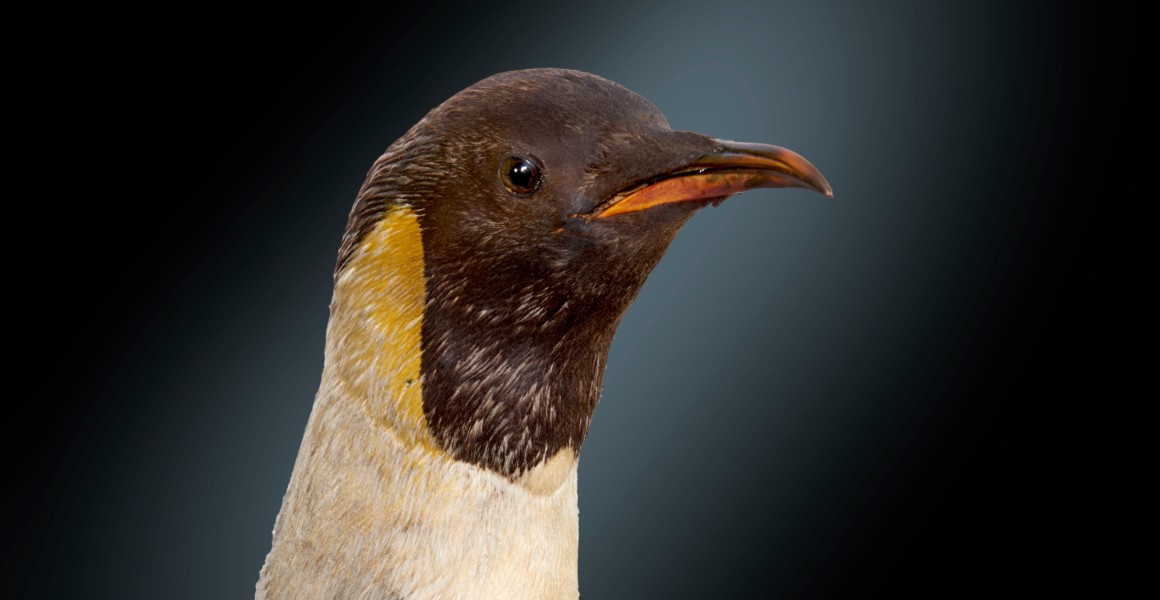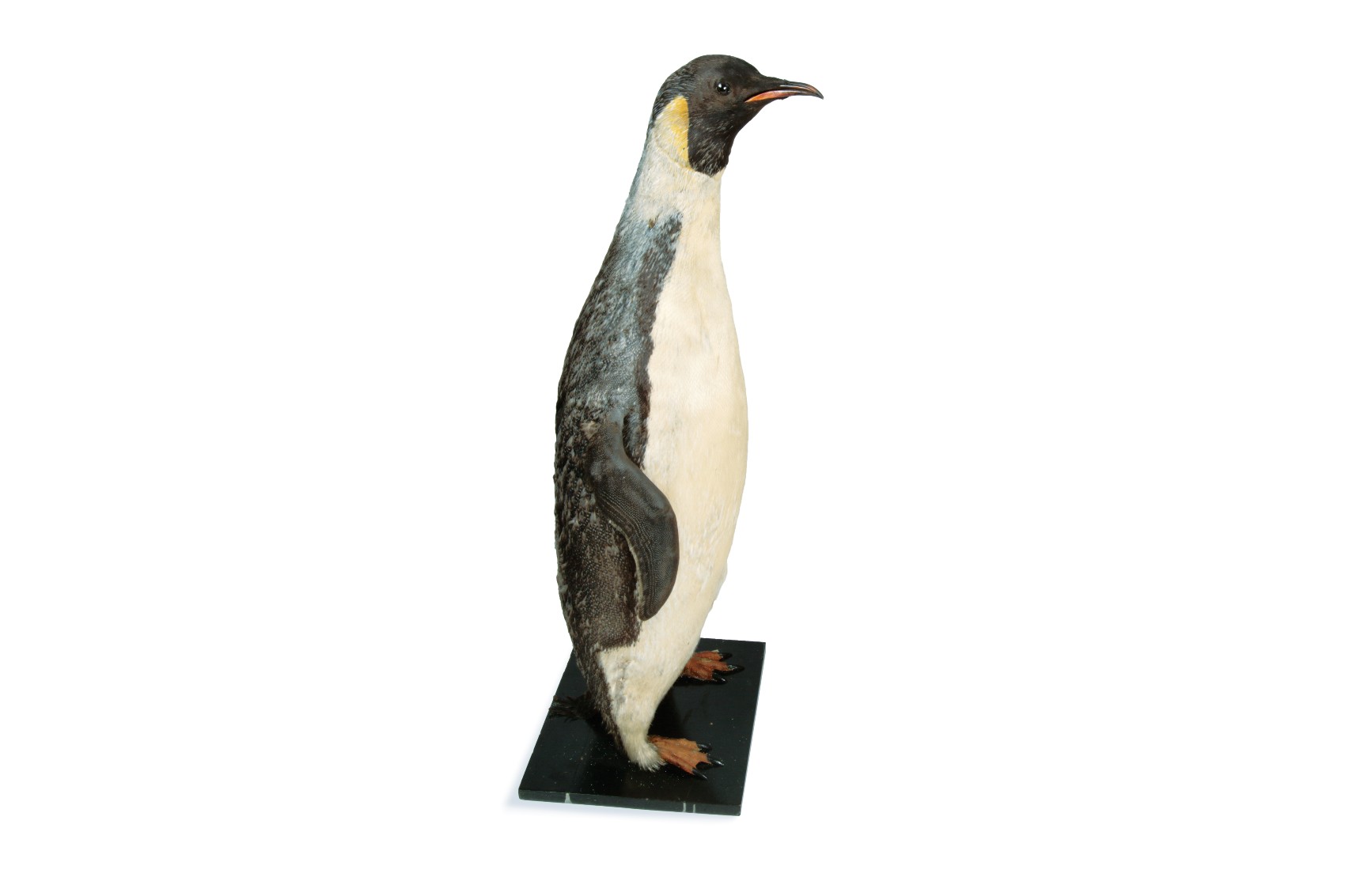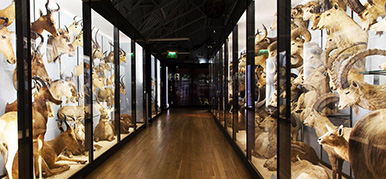For around 175 years, no one knew the story of the emperor penguin (Aptenodytes forsteri) specimen, on display in Gallery One at the Natural History Museum in Tring.

It was collected by British botanist and explorer Sir Joseph Dalton Hooker, who was also assistant surgeon aboard HMS Erebus on the Ross expedition to the Antarctic (1839-1843).
This penguin was one of the first specimens from the voyage to be brought to Britain and could have been part of the several specimens from which the species was scientifically described.
Emperor penguins are the largest penguin species in existence. This specimen was kept by Hooker for his own collection, and mounted by noted London taxidermist John Leadbeater at his Piccadilly shop. It was then sold directly to Lionel Walter Rothschild, 2nd Baron Rothschild, in 1897 for his museum in Tring.

To the modern eye this specimen appears oddly proportioned, but when it was prepared in the nineteenth century, the species was virtually unknown in the wild.
It's one of the most extraordinary examples of early Victorian taxidermy on display at the Museum, and a reminder of how difficult it was for taxidermists to realistically portray animals.
This specimen marks the beginning of our journey to understanding these fascinating birds.

The Museum at Tring
Discover the world-class collection of animals and birds at the Natural History Museum at Tring, Hertfordshire.
Don't miss a thing
Receive email updates about our news, science, exhibitions, events, products, services and fundraising activities. We may occasionally include third-party content from our corporate partners and other museums. We will not share your personal details with these third parties. You must be over the age of 13. Privacy notice.
Follow us on social media